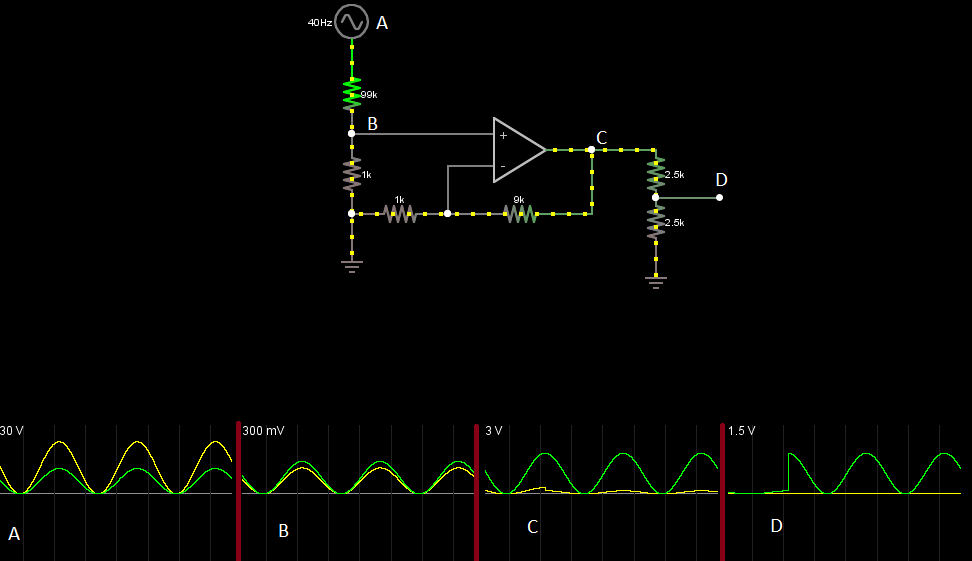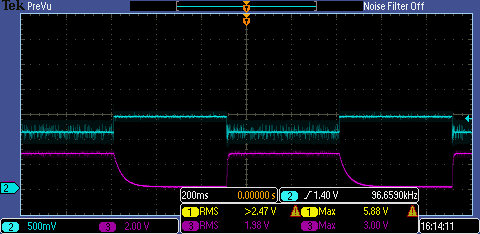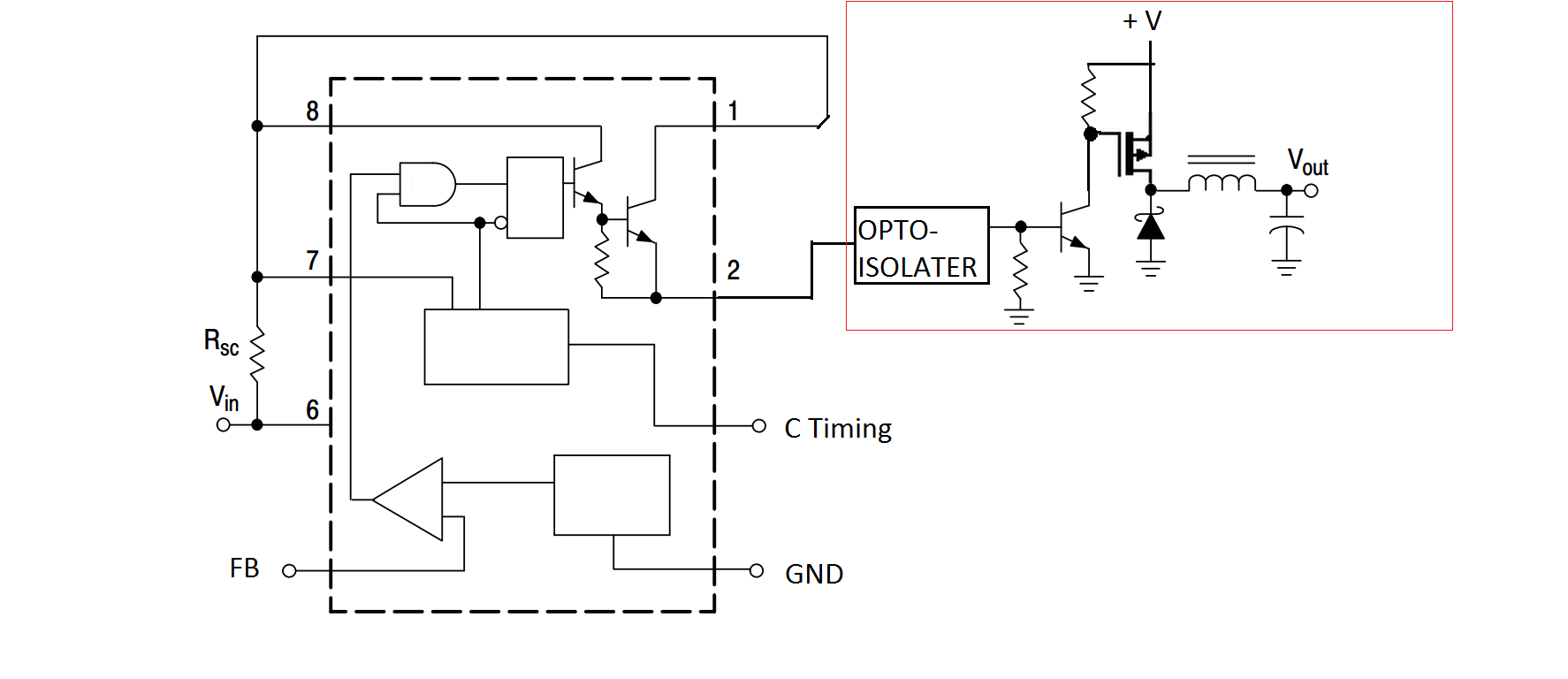I am in need of a power supply for some projects I want to do and did not want to convert an ATX supply. I was inspired by The big one's power supply. Only with less ambitious goals, aim for only 2 channels.
MC34063 based Bench power supply
Title says it all. It will also include digital control

 The only problem is that would i would not have the full voltage range i wanted. The lowest voltage i would be able to achieve would have been six volts.
The only problem is that would i would not have the full voltage range i wanted. The lowest voltage i would be able to achieve would have been six volts. In reality, it looked like this. I used pots since I know theory doesn't always become reality. That meter on the upper right shows the voltage going into the divider. 1st pot on the right was the voltage divider, and the other one was the feedback for the op amp. The op amp later drives that thumb wheel pot in the middle.
In reality, it looked like this. I used pots since I know theory doesn't always become reality. That meter on the upper right shows the voltage going into the divider. 1st pot on the right was the voltage divider, and the other one was the feedback for the op amp. The op amp later drives that thumb wheel pot in the middle.











 Adam Redfern
Adam Redfern